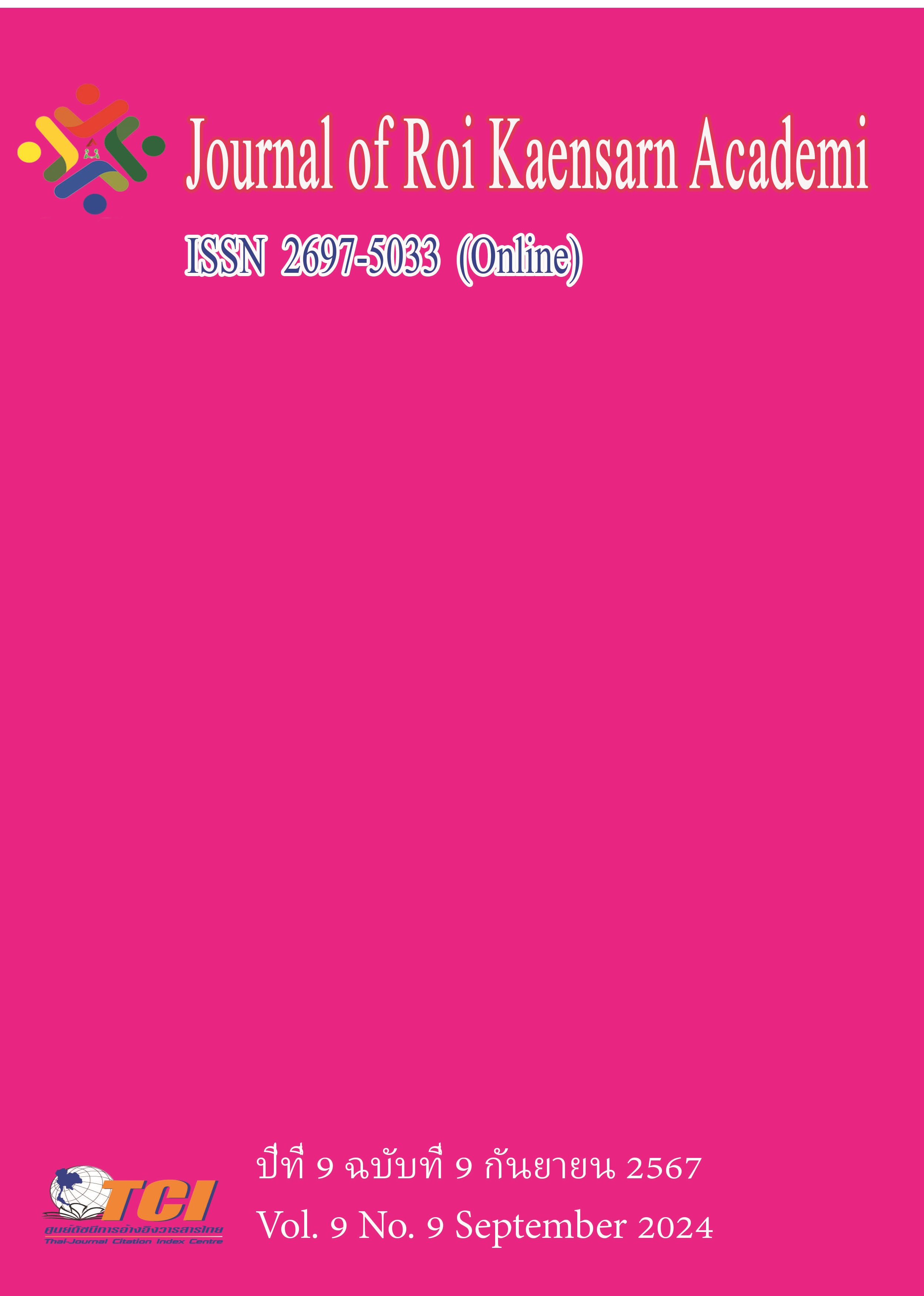The Interactive Study of Qiang Salang Dance Culture in Western Sichuan of China
Main Article Content
บทคัดย่อ
The objectives of this research were 1) Analyze the cultural interaction of Salang dance2) Analyze the interactive motivation of Salang dance culture 3)Analyze the interactive characteristics of Salang dance culture the sample wasIt is mainly concentrated in the Qiang culture area in western Sichuan, China, and the Qiang nationality is mainly selected as Wenchuan, Li County and MAO County of Aba Tibetan and Qiang Autonomous Prefecture.The research instrument for the data collection were Observation sheet, interview sheetThe statistics for data analysisInteractive factors of Qiang danceThe research results were found as follows; 1)The interaction of the Qiang Salang dance shows both intra-ethnic interaction and extra-ethnic interaction.2)The interactive reasons of Qiang Salang dance include historical factors, four geographical factors and kinship factors.3)The interactive characteristics of the Qiang Salang dance are cultural immersion and cultural interweaving, intra-ethnic interaction and inter-ethnic coexistence.Suggestion:Culturally, learn from each other, learn from each other, develop together and make progress together
Article Details
เอกสารอ้างอิง
Shi, S. (2014). Ethnic mobility in the history of the Tibet-Yi Corridor. Ethnic Studies.
Wang, M. (2008). A historical and anthropological study of Qiang people in western Sichuan between Han and Tibet. Zhonghua Book Company.
Xu, X. (1994). A preliminary study of the relationship between the Jiajung Tibetan "potshang" and the Qiang "potshang". Tibetan Art Research.
Zhao, X. (2010). Sacredness and Affinity: A Survey of the Qiang Shibi Culture in China. Minzu Publishing House.
Zhao Muhua. (2017). A Study on the Artistic style of Salang Dance of Qiang Nationality in Maoxian County, Sichuan Province [D], Chongqing University, Master's Thesis.
Chen Hui, Zhu Ting, Zuo Shi-Rong. (2017). Innovative Research and Application of Tibetan and Qiang Native folk songs [M]. Sichuan University Press, 30.

